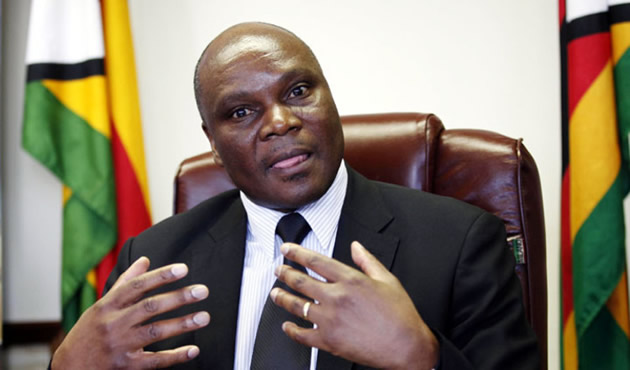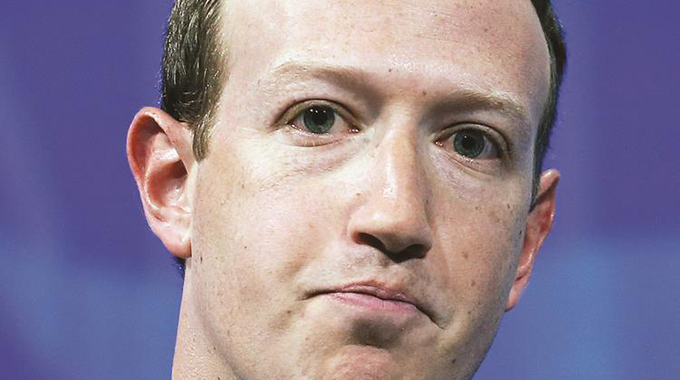Simplifying the price of water

Water prices have been a subject prone to distortion for many years. A lot of people have been led to believe the notion that water is very expensive and beyond the reach of many. However, nothing can be further from the truth. Water prices in Zimbabwe are deliberately crafted in manner that promotes access to the basic resource by all citizens.The pricing structure is always done in a manner that balances the two competing interests of affordability by users and availability through sustainable pricing to allow continuous production and supply of the water to users.
The Zimbabwe National Water Authority (ZINWA) being the Government’s lead agency in water resources management has taken a lead in ensuring that the price of water remains as affordable as possible.
This is in line with its mandate as spelt out in terms of Section 5 of the Zinwa Act, which is to ensure equitable accessibility to water by all. This has seen the Authority’s water tariffs remaining affordable to everyone.
For those areas where ZINWA supplies treated water to residents, it charges 40 cents per cubic metre of water for those residents in the high density areas.
A cubic meter is 1000 litres of water or five drums of water. This translates to eight cents per drum of treated water or 0, 0004 cents per litre of treated water. One dollar therefore can buy 13 drums or 2500 litres of treated water.
People staying in the low density areas, in those towns where ZINWA supplies potable water, pay 80 cents per cubic metre or 1000 litres of water.
This translates to 80 cents for five drums of water and 0, 0008 cents per litre of treated water. These people therefore pay $1 for six drums of water or 1250 litres of treated water.
For commercial consumers in high density areas the water costs $30 per cubic metre of 1000 litres of water meaning that for a $1 they pay for 33 litres of treated water.
This therefore makes water way cheaper than many other things. For example, a 500 millilitre bottle of bottled water costs at most $0,50 in the supermarkets and can even be priced at $1 in restaurants, fast food outlets and hotels.
This makes the price of bottled water enough to buy 1250 litres or six drums of treated water. The same applies to items such as airtime where a $1 buys a few minutes of talk time.
Such a pricing model is one way in which ZINWA recognises and honours every citizen’s right to safe and clean water as enshrined in the constitution of the country.
In essence, the current tariff structure promotes people’s access to water. The above prices however apply only to what qualifies to be normal use by World Health Organisation standards.
They apply to the first 10 cubic metres or 10 000 litres of treated water for households. This amounts to 50 drums of water, which is enough for use by an average family in a month.
The tariff goes up 96 cents per five drums or 1000 litres of treated water for both high and low density consumers. The reasoning behind this structure is to allow people access to water, at the same time encouraging responsible water use by consumers.
Water is a very strategic but finite resource whose use has to be sustainable. So by adopting such a tariff structure that rewards proper use and becomes punitive for high usage, the Authority would be encouraging responsible use. Efficient use allows us to make the best out of the available water resources.
For more information please contact the ZINWA Corporate Communications and Marketing Department on [email protected] or visit www.zinwa.co.zw. You may also like the Zimbabwe National Water Authority Facebook Page.








Comments